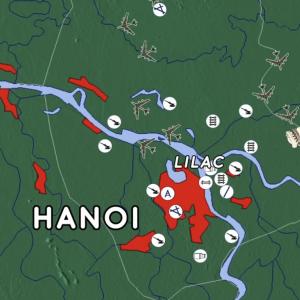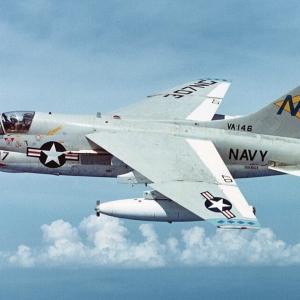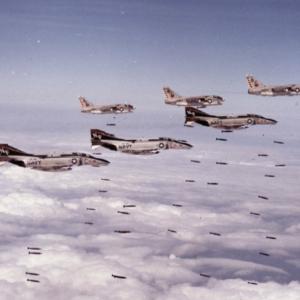
25cm German Mortar
The 25 cm Minenwerfer was a heavy German trench mortar created to deal with the sort of fortifications and wire entanglements that ordinary field guns could not destroy. It appeared in the years before the First World War as the result of close cooperation between army engineers and the firm Rheinmetall, which undertook both the design and manufacture. The idea came from studies of siege warfare and the need for a compact, controllable weapon that could be used at short range with great destructive effect.
The piece was a muzzle-loading, rifled mortar with a simple hydro-spring recoil system, sturdy enough to absorb the shock of its large shells while remaining small enough to set up in front-line positions. Its calibre was 250 mm and it fired separate-loading ammunition: a heavy projectile paired with one of several propellant charges depending on the desired range. The projectiles—known as mines—were thick-walled explosive shells designed to smash through bunkers and parapets. Weights varied from around seventy to almost a hundred kilograms, depending on type, and lighter mines were produced for shorter-range tasks.
Effective distance was limited but suited to its role. The mortar could reach roughly five to six hundred metres with reasonable accuracy, with a maximum range of just under a kilometre when the heaviest charge was used. Rather than seeking long-range precision, it relied on plunging fire and the sheer weight of its shells to clear enemy positions.
Production during the war years reached well over a thousand examples as demand grew on the Western Front. Different patterns appeared as experience suggested refinements, with later models improving balance and rate of fire. The weapon’s weight in firing order was roughly three-quarters of a ton, though it could be moved in sections or wheeled short distances. Engineer detachments often hauled it forward through communication trenches or on small carts. Once in position it was comparatively easy to assemble and fire, needing only a solid base and a small team of trained gunners.
Although sometimes linked to the engineer and industrialist Heinrich Ehrhardt, the main credit belongs to Rheinmetall, whose design office had developed several types of Minenwerfer before the war. This 25 cm model proved one of the most successful heavy mortars of its time—powerful, compact, and effective within the confined landscape of trench warfare, where brute force at short range counted for more than elegance or speed.










